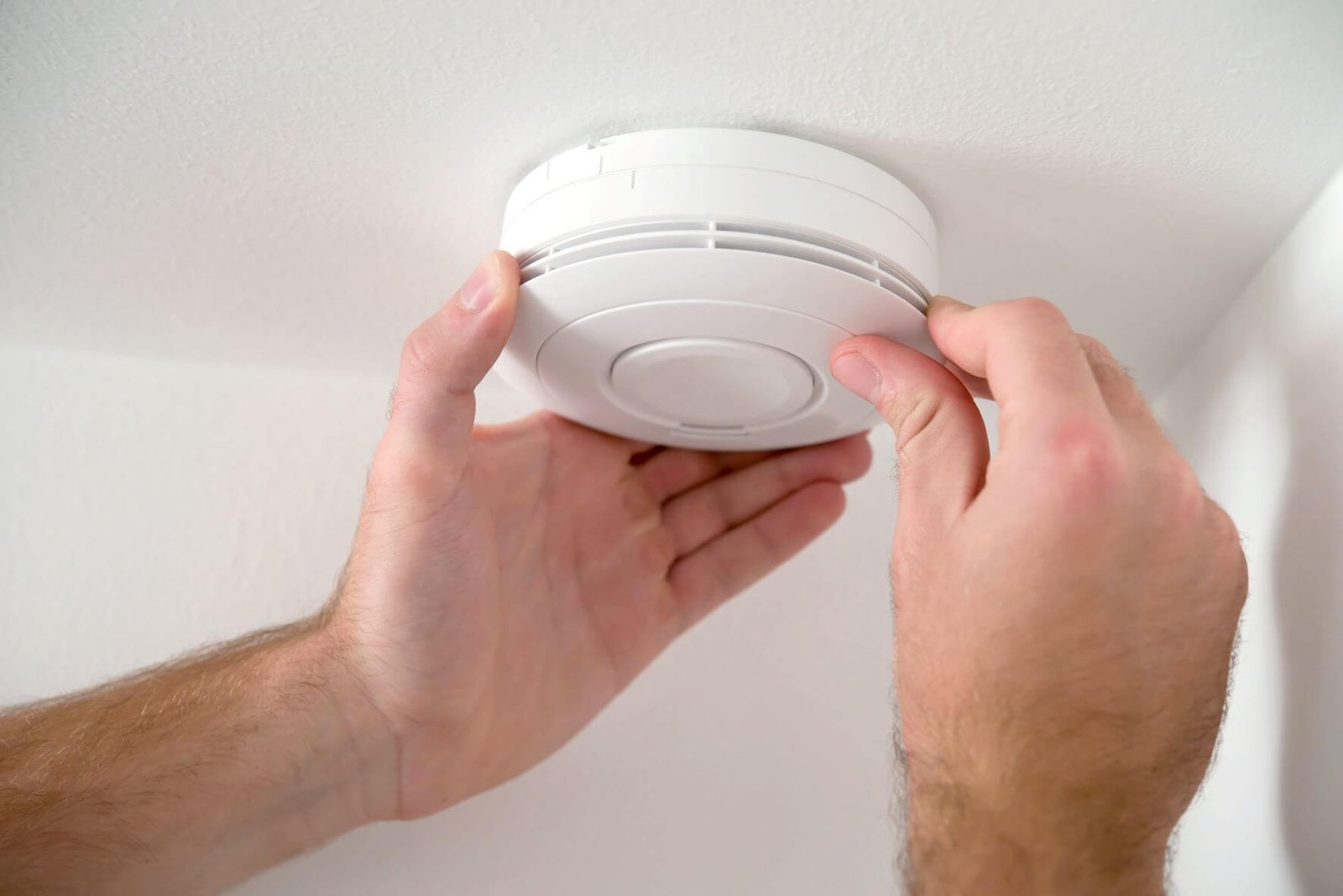Fire safety is a crucial responsibility in every UK household and business, and at Easy Security Systems, we know that properly installed smoke and fire alarms play a vital role in early detection and prevention. Whether you’re protecting a small flat or a large commercial space, choosing and installing the right fire alarm system is key for saving lives. In this guide, we’ll take you through the steps for installing your fire alarm so you’re compliant with legal and regulatory standards while keeping your property and its occupants safe.
1. Understand Your Fire Risk
Before beginning any fire alarm installation, assess the specific fire risk of your domestic property or business premises. Consider the presence of fuel burning appliances, number of rooms, layout, and occupants (especially vulnerable people). This will help you determine the appropriate alarm setup—whether basic smoke alarms, heat alarms, carbon monoxide alarms, or a more sophisticated system with control panels, manual call points, and strobe lights.
2. Choose the Right Fire Alarm System
Depending on your property and its fire detection needs, you can choose from:
- Smoke and heat alarms offer general fire detection—smoke alarms sense airborne particles, while heat alarms activate with a rapid rise or set temperature. Rate-of-rise detectors also include a fixed element, making them ideal for kitchens, garages, and other low-smoke but high-risk areas.
- Carbon monoxide detectors near fuel powered appliances
- Wireless smoke alarms for easy self installation
- Battery powered or battery operated smoke alarms are ideal for temporary setups or areas without wiring access. Mains powered alarms with battery backup are better suited to new constructions
For larger properties, a fire detection system with interlinked devices and a central control panel ensures comprehensive coverage, saving precious time in an emergency
No matter the type, all fire alarms should meet UK standards and be suited to the specific fire and smoke risks of the property.
3. Plan Alarm Placement Carefully
To maximise effectiveness, fire alarms should be placed:
- On the ceiling, away from vents or windows
- In escape routes like hallways and landings
- Near bedrooms and high-risk areas (e.g., kitchens, boiler rooms)
- Near fuel powered appliances
Don’t place alarms on sloped ceilings directly above stairs, as smoke may bypass that area or delay activation. For sloped ceilings, always follow the manufacturer’s guidance on positioning to ensure reliable detection.
Use the alarm’s mounting plate to secure it to the correct location and follow the manufacturer’s instructions precisely. Always install one alarm per room where needed—all the alarms should be interconnected to give early warning throughout the home.
4. Install with Care or Hire a Qualified Electrician
Although home installation is possible with some cordless smoke alarms, proper setup is crucial to ensure they respond to fire or smoke reliably. It’s often a great idea to get a qualified electrician, especially for mains powered alarms. Professional installation ensures the system is safe, complies with regulatory reform, and works properly from day one.
Remember, poorly installed alarms can result in false alarms, missed detection, or non-compliance with legal requirements.
5. Test and Maintain Regularly
Once installed, use the test button weekly to confirm functionality. Alarms should be regularly maintained, including:
- Monthly checks of the battery backup
- Annual cleaning to avoid dust build-up
- Immediate replacement if the alarm sounds irregularly or fails to activate during testing
Stick to a regular maintenance schedule and your system will continue to detect smoke, fire, heat, or carbon monoxide effectively.
6. Follow UK Legal and Regulatory Requirements
In the UK, different rules apply depending on the region and property type. For example:
- Smoke detectors and heat alarms are required in all homes in Scotland
- Carbon monoxide sensors must be installed near any fuel-fired appliances
- Landlords are responsible for ensuring alarms are present and regularly serviced
Check your local council or fire authority’s website for the latest legal and regulatory obligations.
Conclusion: Putting Fire Safety Into Practice
Installing the right fire alarm system isn’t just a tick box for compliance—it’s about safety, saving lives and giving you peace of mind. From battery driven devices to mains supplied alarms with manual call points every property deserves a system tailored to its fire detection needs. Properly installed and maintained fire and smoke alarms are the essential tools to protect what matters most.
Whether you go the DIY route or get expert advice, following these steps will help you install a reliable system that gives early warning, minimises false alarms and gives you those precious extra minutes to react in an emergency
For more advice on alarm installation or help choosing the best smoke and heat alarms for your space, don’t hesitate to contact a fire safety professional.

